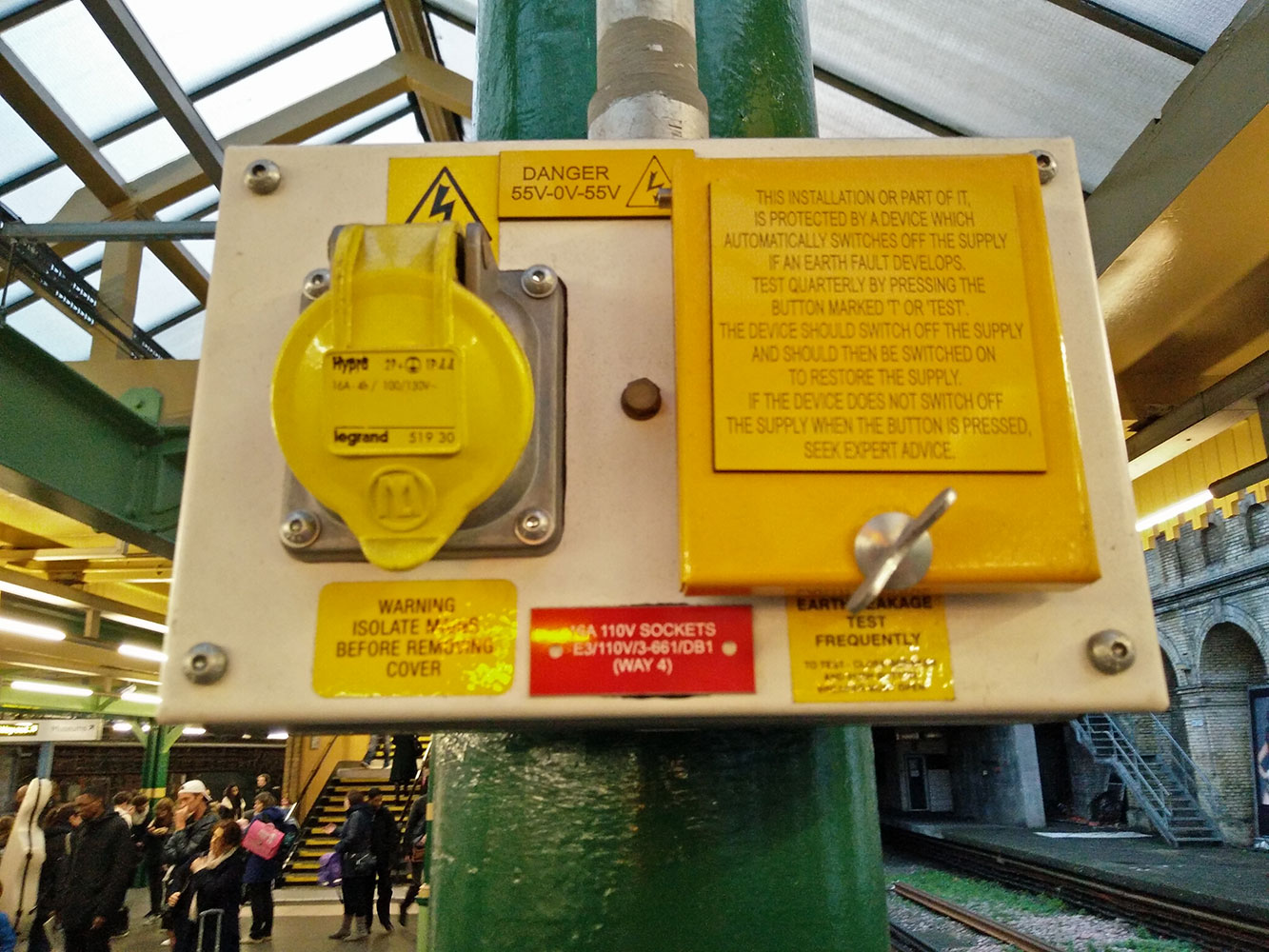“The OnePlus X is the best-looking phone for $250, but lacks solid LTE support in the U.S.”
- Gorgeous design
- Low $250 price
- Stunning AMOLED screen
- Slim and lightweight
- Almost stock Android OS
- Limited U.S. LTE support
- No NFC/Android Pay
- You need an invitation to buy one
- Slippery, fragile glass design
I recently had a conversation about the importance of design and good looks in the world of smartphones. One side questioned whether a phone should be judged on its looks at all, and the other said it should be a larger consideration when the manufacturer makes style a selling point.
Why is design important? Because the OnePlus X oozes striking visual appeal. The company even created two different versions, one of which has parts that take nearly a month to manufacture and are so delicate, only 20-percent of the yield are ever used. That’s an astounding attention to detail for a mass-produced phone.
OnePlus is proving that it can make an attractive phone that catches the eye. Most people bought its first two phones — the OnePlus One and OnePlus 2 — because of they were powerful and inexpensive. But cheap isn’t sexy, and nobody wants to be a dull budget brand forever, regardless of how successful they are at it. The OnePlus X puts style first, but does it still deliver on specs and price? Is that mythical combination beauty, brains, and bargain $250 pricing even possible? Let’s find out.
Utterly gorgeous
The version we’re reviewing is the OnePlus X Onyx. It’s the standard version for sale everywhere, while the limited edition Ceramic version is only for certain markets. You’re not really missing out if you can’t get one, though, because the ceramic rear panel is a slightly different color, and the edges are more sharp than curved. The specs are also identical.
It’s possible to use it with one hand, but the OnePlus X is so smooth it feels like juggling a wet fish.
The OnePlus X has a metal frame with a subtle finned effect running all the way round, which is broken up by a volume rocker, sleep/wake key, notification alert slider control, and Nano SIM card tray. On the base of the phone is a pair of speaker grills (only one of which actually provides any sound), and the Micro USB charging port; the headphone socket is on the top. The phone is very slim, and very slippery. It even manages to slide around over seemingly flat, level tabletops, so it really needs a case — and OnePlus includes a clear silicone one inside the box — although it’s a shame to wrap it up because it’s so pretty on its own.
Then we come to the size. The OnePlus X has a 5-inch screen, and it’s a very compact phone, with a footprint smaller than the Nexus 5. Maybe I’ve been spoiled with overly large phones recently, but the OnePlus X feels small. Not restrictively diminutive, but undersized for many tasks we enjoy using our phones for today. The rounded edges don’t provide much grip either. It’s possible to use it with one hand, but the OnePlus X is so smooth it feels like juggling a wet fish.
The pretty things we desire most are always compromised. That piece of designer clothing you want probably only comes in a certain (usually too small) size, and even though that Ferrari will fit in my garage, the doors won’t open once it’s in because they’re so long and it’s already so wide. If you’re regularly willing to put up with compromises like this, then you’ll revel in the joy of owning something beautiful. The OnePlus X is gorgeous, but that’s not really a solid reason to buy one.
AMOLED screen impresses
If you do buy a OnePlus X, the first thing you’ll see is the gorgeous AMOLED screen, full of rich, deep colors and impenetrable blacks. Put a black wallpaper on the screen, and the display disappears against the black glass bezels. Despite not making a bezel-less phone, OnePlus has done an impressive job of camouflaging the edges. Video looks excellent, and even when you put it alongside the LG V10, it stands up extremely well. If anything, the screen looks sharper, thanks to the smaller size and 1080p resolution. I watched video at around 35 percent brightness, and it was superb.
The gorgeous AMOLED screen is full of rich, deep colors and impenetrable blacks.
OnePlus takes barebones approach very seriously. Even the OnePlus camera app has an icon that looks almost the same as Google’s own app. The total lack of bloatware means you’ll need to choose your own music player — only Play Music and a file explorer do the job as standard — and there’s no photo gallery app outside the camera app itself and Google Photos. You’ll need to diligently set up your new OnePlus X before use.
OnePlus has enabled the FM radio and come up with its own app. Radio on a smartphone makes good sense, it’s continuous music that doesn’t use any data, or store any tracks on the device itself. The app is colorful and supports bands from all over the world, plus there’s only a single button to scan and select stations. There’s no RDS feature though, and you have to have the
Acceptable performance for the price
The processor driving the OnePlus X is the trusty Qualcomm Snapdragon 801 with 3GB of RAM. No, it’s not the newest processor out there, but it does a good job. If you want to play a few ordinary games, send messages, watch video, browse the Web, and post to social networks — It does all these things without hesitation.
For $250, there’s almost nothing that can touch the OnePlus X in terms of style or power.
Playing the game Riptide GP2 with all the settings maxed out did slow the phone down, but not so much that the game wasn’t playable. However, reduce the shadow detail, and the overall speed improved considerably. Danmaku Unlimited 2 with the HD graphics mode on performs flawlessly, but the phone did get pretty warm. It also highlighted that if you finger strays off the display and onto the Android buttons below, it’s easy to suddenly exit a game by accident.
If you’re expecting OnePlus 2 power in a smaller, better-looking package, this phone will disappoint. The chip does the job, but it’s not so lightning fast or graphically capable it’ll run and do anything thrown at it. For the money, it’s acceptable, but the use of an older processor is definitely one of the corner cutting measures employed to capture that low $250 price.
Camera for the casual photographer
A 13-megapixel camera is on the rear, and an 8-megapixel selfie cam sits above the screen. This combination is almost as tried-and-tested as the Snapdragon 801, the performance is similarly middle of the road, and another aspect where the target end-price has dictated the specs.
The camera takes good photos in most normal situations, and colors stand out in well-lit daytime shots, but little tweaks are needed to bring out the best when skies are dull. There’s no optical image stabilization like there is on the OnePlus 2, or manual control, but it does have a super-fast autofocus.
However, that’s negated by the annoying processing pause every time you snap a picture. It’s just a second or two, but it’s a pain, and makes you second guess when the X is actually capturing the photo. It’s almost certainly a software issue, and one we hope will be fixed soon. Outside of this, the pictures it produced looked good, despite the United Kingdom’s gloomy weather making it impossible to test it out in sunlight.
OK battery life, but it has U.S. LTE band issues
By their very nature, slim, light phones have small batteries. The OnePlus X has a 2,525mAh cell, but even with a mixture of video, gaming, and normal app use, it happily lasted the day, with around 10 percent left on the bar when it came to recharge at night. No, it’s not amazing battery life, but for the size of the phone it’s decent.
Other features we liked include a MicroSD card tray that can alternatively take another SIM card, but the lack of NFC and a fingerprint sensor is annoying. That means no
Warranty
OnePlus has different warranty programs for specific countries. It recently added a plan for the U.S. and Canada, as well as Europe and India.
The European plan doesn’t yet cover the OnePlus X, but it will soon, the company says. The existing plan goes through Simplesurance and covers accidental damage and liquid damage. You can get 12 months of protection for €40 or 24 months for €65.
OnePlus uses On-Guard plans by Assurant in the U.S. and Canada. The plans already cover the OnePlus X, and you have the option of plans that cover ESC (Extended Service Coverage) and ADH (Accidental Damage from Handling). ESC provides replacement coverage for hardware failures due to manufacturer defects, and ADH, as the name implies, covers drops, liquid spills, and cracks. Below is the pricing for all the plan options:
For USA (Prices in USD)
| Plan | Coverage | OnePlus 2 | OnePlus X |
| On-Guard 12 | 12 months ESC | $20 | $20 |
| On-Guard Plus 18 | 6 months ESC + 18 months ADH | $65 | $50 |
| On-Guard Plus 24 | 12 months ESC + 24 months ADH | $80 | $60 |
For Canada (Prices in CAD)
| Plan | Coverage | OnePlus 2 | OnePlus X |
| On-Guard 12 | 12 months ESC | $25 | $25 |
| On-Guard Plus 18 | 6 months ESC + 18 months ADH | $85 | $70 |
| On-Guard Plus 24 | 12 months ESC + 24 months ADH | $110 | $85 |
The Indian plan isn’t set up for the OnePlus X, yet, and there’s no official stance on when it will arrive, but we expect it will soon. You can read about the plan for the OnePlus 2 here.
Conclusion
At just $250, the OnePlus X is one of the best-looking phones you can buy, and people will imagine it costs twice or even three times that amount. The processor and specs give its game away, but the addition of the AMOLED screen puts it ahead of stupidly cheap and less attractive alternatives.
The DT Accessory Pack
Up your game and the get the most out of your gear with the following extras, hand-picked by our editors:
IVSO OnePlus X Case ($3.50)
Marshall Mode EQ In-Ear ($99)
Poweramp music player app ($4)
Its double glass design is fragile and flawed, though, and the lack of
If all you’ve got to spend is $250, there’s almost nothing that can touch the OnePlus X in terms of style or power. The only alternatives at that price are the Moto G and various Windows Phones. Buy it, and you’ll have the best phone for the money, but only if you don’t live in the USA. It’s exceptionally well built, the software’s infinitely better than some skinned version found on a ZTE or Huawei mid-range device, and the AMOLED screen is a stunner.
If you’re in the United States, we recommend ponying up for the $390 64GB OnePlus 2, $450 32GB Moto X Style Pure Edition, or $500 Google Nexus 6P. If you are on a tight budget and are okay with a weaker device, try the $220 16GB Moto G, but know that the Moto G’s Qualcomm Snapdragon 410 processor is much more limited and 16GB is not a lot of storage.
Highs
- Gorgeous design
- Low $250 price
- Stunning AMOLED screen
- Slim and lightweight
- Almost stock Android OS
Lows
- Limited U.S. LTE support
- No NFC/Android Pay
- You need an invitation to buy one
- Slippery, fragile glass design


























